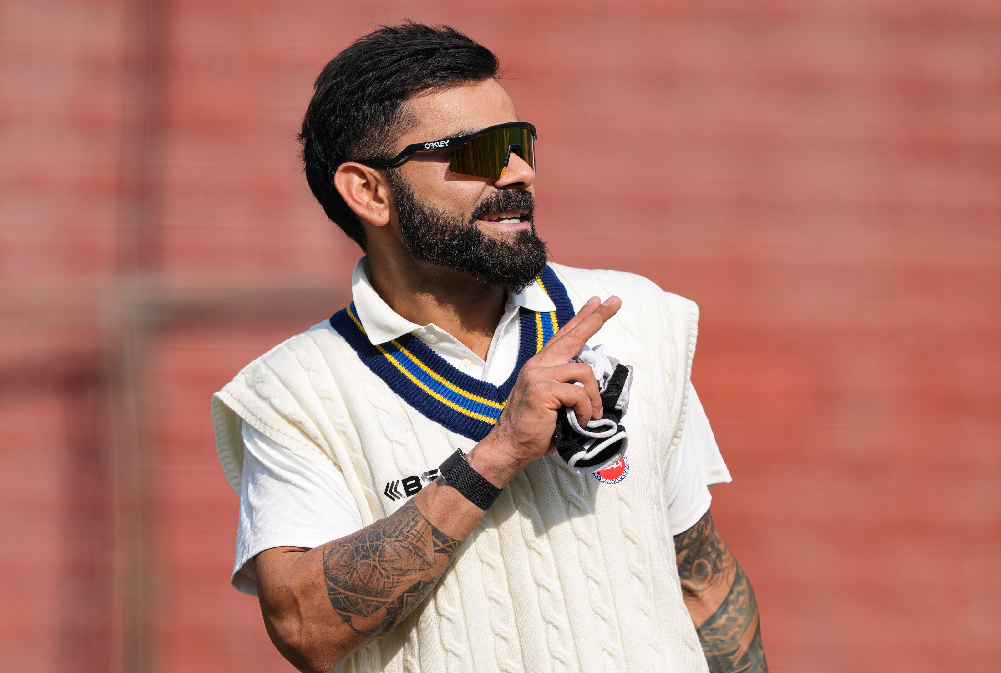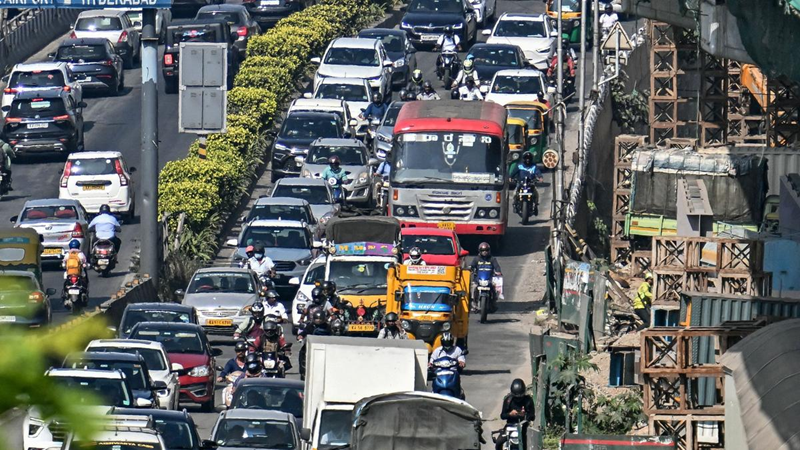
Speed up metro, reduce city’s traffic woes
If there is one subject on which Bengalureans and the city’s traffic police chief Dr MA Saleem are in complete agreement, it is the fact that there are much more than enough vehicles on our many roads. As the Special Commissioner (Traffic) put it succinctly, the city has 1.25 crore people and 1.04 crore vehicles including 22.86 lakh cars, 71.80 lakh two-wheelers and 2.5 lakh private cabs. And so in five years, the number of vehicles will outnumber people unless of course we have a population explosion here which is highly unlikely.
And why do we have so many vehicles guzzling fuel in millions of litres, emitting noxious fumes which even our green spaces-Lalbagh and Cubbon Park- right in the heart of the city would find it difficult to contain? Most commuters who have to travel a distance to reach their workplaces or other destinations in far-flung areas in the city would be more than happy to hop on to public transport-the metro or a BMTC bus rather than spend double or triple the bus or train fare on travelling in a private vehicle or cab.
For one, they would be relieved to avoid the hassles of negotiating the ubiquitous potholes which seem to be multiplying much faster than the pace at which the BBMP fills them. And the biggest blessing of course is that they do not have to endure the smoke and dust and the never-ending traffic bottlenecks after every kilometre with riders in front and behind hardly able to negotiate the mayhem and at risk of crashing into them.
In fact one could confidently say that Bengaluru’s traffic system is caught between the devil and the deep sea-the metro could have been the panacea for all its transport-related ills but for the metro to get into full steam, more and more roads may have to be dug up rendering them non-motorable adding to the commuting woes of citizens.
But then if that is the price we have to pay for a clean and efficient passenger transport system which will take us to our destinations in the fastest time possible without the much-hated traffic jams, we may have to make do with the delays we now suffer on many city stretches because of ongoing metro work. One however cannot help wondering why the Namma Metro project is dragging on and on for years.
There are some who contend that the nature of soil in the city is hindering the pace of the project while others assert that the shifting of utilities is taking a toll of the deadlines project managers have set for completion of the various lines. The big question obviously is how to speed up work on the metro lines and make them fully operational as fast as possible and that calls for a coordinated effort by the different agencies involved including BMRCL, the state and Central governments, BBMP and various public utilities like BWSSB and Bescom.
Maybe we also need dedicated and dynamic administrators cast in the mould of someone like E Sridharan, the Metro wizard, who once restored the cyclone devastated Pamban bridge at Rameshwaram in a space of 46 day! Determination can make the impossible possible and that’s quite achievable in the case of the Bengaluru Metro with citizen’s cooperation and a more than generous helping hand from the government.
A comprehensive blueprint for speedy completion of the project, augmented with citizens’ active participation seems to be the only way to get those trains to our doorsteps in the fastest possible time. So that we can leave our cars back home and ride the metro like the world does.
 English daily published in Bengaluru & Doha
English daily published in Bengaluru & Doha






